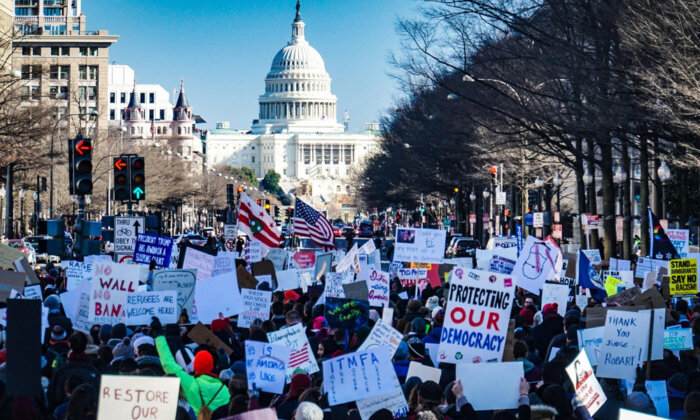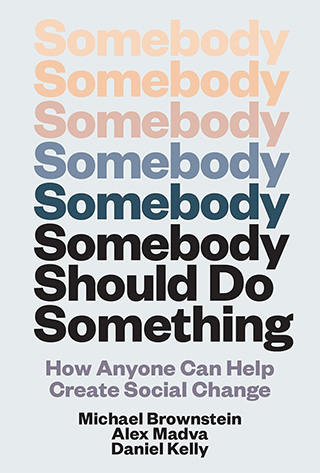The Golden Age of Protest Is Now

Until recently, if you had asked us to guess whether a mass movement to protect democracy is growing in the United States, we would have expressed skepticism. We’ve watched law firms and universities capitulate, heard little from business leaders, bemoaned the Democrats’ geriatric leadership, and nodded along to many of our friends telling us they’ve needed to stop following the news to maintain their mental health. “News avoidance” has reached an all-time high, with some 42 percent of Americans reporting that they “sometimes or often avoid the news.”

We study social change, and even we were surprised to learn that, by some estimates, six of the eight largest protests in U.S. history have taken place since 2017. While careful counts are not yet available, the No Kings marches this past Saturday will almost surely have earned a top spot on the list. In Philadelphia alone, early estimates were that more than 20,000 people would join the protest downtown, with dozens of parallel marches planned in surrounding counties.
One of the fundamental challenges facing social change entrepreneurs is convincing people that they have collective power. Part of the difficulty is inherent to collective action. As in a palace coup, nobody wants to stick their neck out until they’re sure others will too — so everyone waits for somebody else to do something.
Other challenges are grounded in our contemporary moment. We have not successfully addressed the climate crisis, income inequality, or myriad other long-standing injustices. Why think we can come together now?
And yet, we are. Political scientist Erica Chenoweth and colleagues have recently shown that not only are protests bigger now than ever before in American history, but “protests in 2025 are likely the most geographically widespread in U.S. history.” At least one protest has taken place in approximately 60 percent of U.S. counties in 2025, and, increasingly, demonstrations have been taking place in counties that voted for Trump in the 2024 election. From April to August 2025, the median protest county — a county in which at least one protest took place in a given month — cast more votes for Trump than Harris in 2024.
These protests are also more durable. According to Chenoweth’s analysis, there have been protests in at least four consecutive months in approximately 20 percent of counties. This persistence of sustained protest is markedly different than the one-and-done flare-ups of Trump’s first term.
Knowing that protests are growing in size, reach, and durability creates what researchers call “social proof.” To stop sitting on the fence, we need to know that others are with us. Even in small-scale ways, providing each other with social proof can foster change. For example, letting others know that “more and more people” are avoiding eating meat has stronger effects on their choices than simply giving them reasons for sticking to veggies.
“Social proof” helps us overcome common misperceptions that other people don’t share our values.
Social proof helps us overcome common misperceptions that other people don’t share our values. If you ask Americans to estimate what percentage of other Americans want stronger climate legislation, they will guess, on average, about ⅓. But the truth is double that. More than ⅔ of Americans want stronger climate legislation. As Gregg Sparkman and colleagues put it, Americans are living in a “false social reality… supporters of climate policies outnumber opponents two to one, while Americans falsely perceive nearly the opposite to be true.”
The odds may still be long that enough Americans will work together to shore up and revitalize democracy. And doing so will require more than showing up at protests. But people won’t start taking a stand as long as they think they’ll be standing alone. More and more, it looks like they won’t be.
Michael Brownstein is Professor and Chair of Philosophy at John Jay College and Professor of Philosophy at the CUNY Graduate Center. Alex Madva is a Professor of Philosophy at Cal Poly Pomona and the Director of the California Center for Ethics and Policy. They are coauthors, along with Daniel Kelly, of “Somebody Should Do Something: How Anyone Can Help Create Social Change.”



